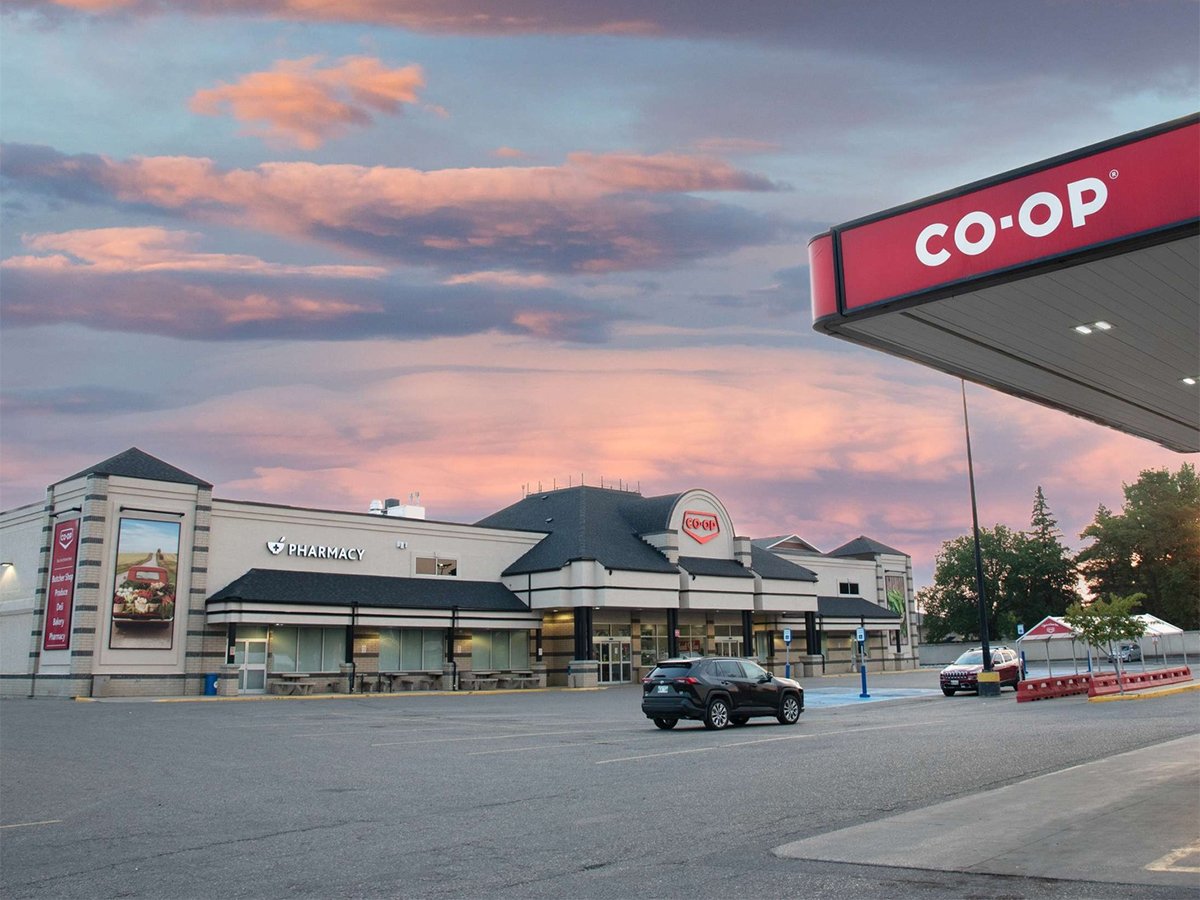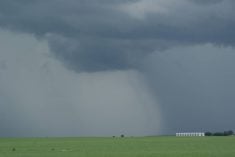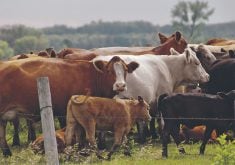Back when he ran the North American division of the world’s largest crop science company, Maurice Delage had hundreds of research scientists to help him stay on the leading edge of technology.
But now that he’s swapped the executive suite for a tractor-level view of farming, he knows more about technology than ever: he knows how to make it work for him.
“I had a certain advantage in certain areas,” Delage says of the time when he returned to the farm after retiring as North American president of Aventis CropScience.
Read Also

Farmer ownership cannot be seen as a guarantee for success
It’s a powerful movement when people band together to form co-ops and credit unions, but member ownership is no guarantee of success.
“But it was a relatively narrow part of agriculture. I knew what was in development in the chemical-biotechnology area, but I really didn’t know much about equipment and I didn’t know much about information technology like GPS. Today, I have a much better sense of production cycles in terms of new technology than I ever did when I was only able to come here during holidays.”
Delage bought his farm at Indian Head, Sask., 25 years ago. He and his wife Jan actively managed it during those years, but now that he’s at it full time, Maurice has taken on the role of chief researcher on the 11,000-acre operation.
“I figure I spend 60 to 70 percent of my time in the fields evaluating crops during the growing season,” he says.
This is not an idle pastime. Delage believes technology is the key to profitability but only if you find the right technology, which he finds by doing his own testing.
“Just because something works on other farms doesn’t mean it’ll work on mine. To do your own testing isn’t costly – it takes a little bit of time and planning – but you can check things out yourself without having to spend a lot of money on it.”
The effort paid off. Canola yields have increased 50 percent in the last five years, a period that included the driest year on record and the earliest frost in more than 130 years.
The testing is simplicity itself, done right in the field. If Delage wants to test a fungicide, he’ll apply one brand on 20 or 30 acres and another brand on another area and leave a third untreated. He might also vary application rates and time, and end up with a half dozen or more test plots in what, from the roadside, looks like an ordinary field.
Because he has a scale on his grain cart, Delage can measure the yield for each test plot. He uses GPS and field maps as well as simple surveyor’s stakes to keep track of what’s been done where.
“The best $5,000 we ever spent was putting a scale on our grain cart, because it allows us to do field-size experiments,” he says.
Field trials are useful for testing seed varieties, inputs and production methods. Other experiments rely more on a calculator or running spreadsheet scenarios.
Because he kept close track of dockage due to cracking and shattering in his canola and pulse crops, Delage could accurately estimate the cost-benefit of moving to rotary combining. Ditto for his grain-drying system: the numbers showed it made economic sense to harvest grain with high moisture content rather than gambling on ideal harvest weather with no early frost.
With his large land base, Delage can spread new equipment costs over a lot of acres.
However, he says those who wait for the neighbours to prove the worth of technology put themselves at a serious disadvantage. Competitors around the world are keeping up to date and testing promising alternatives.
“Just because you aren’t incorporating new technology on your farm doesn’t mean it isn’t competing against you,” he says. “Somebody is using it in order to produce more or sell for less and you’re going to suffer the consequences of that if you’re not keeping up.
“So every production cycle you’ve got to be looking at things you could change in order to increase productivity and profitability.”
This year, as he does every year, Delage will conduct 12 to 15 trials on promising new varieties, chemicals, equipment and production techniques. In every situation, he’ll ask the same question: can this make me money?
It’s a simple question and one that more farmers need to ask.
Glenn Cheater is editor of Canadian Farm Manager, the newsletter of the Canadian Farm Business Management Council. The newsletter as well as archived columns can be found in the news desk section at www.farmcentre.com.














